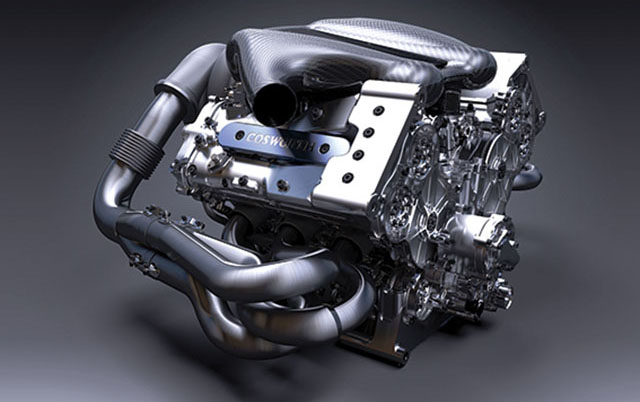Incubus
Champion Elect
It's starting to look as though having anything to do with F1 engines when you're anything other than Mercedes engine staff is not great at the moment.
Ferrari engine chief Luca Marmorini appears to have "been retired". Coming a couple of days after the departure of Renault Sport's F1 boss on the back of Red Bull's criticism of his firm's engines, the hunt for scapegoats is well under way for rival Merc's rival engine suppliers.
Ferrari engine chief Luca Marmorini appears to have "been retired". Coming a couple of days after the departure of Renault Sport's F1 boss on the back of Red Bull's criticism of his firm's engines, the hunt for scapegoats is well under way for rival Merc's rival engine suppliers.


